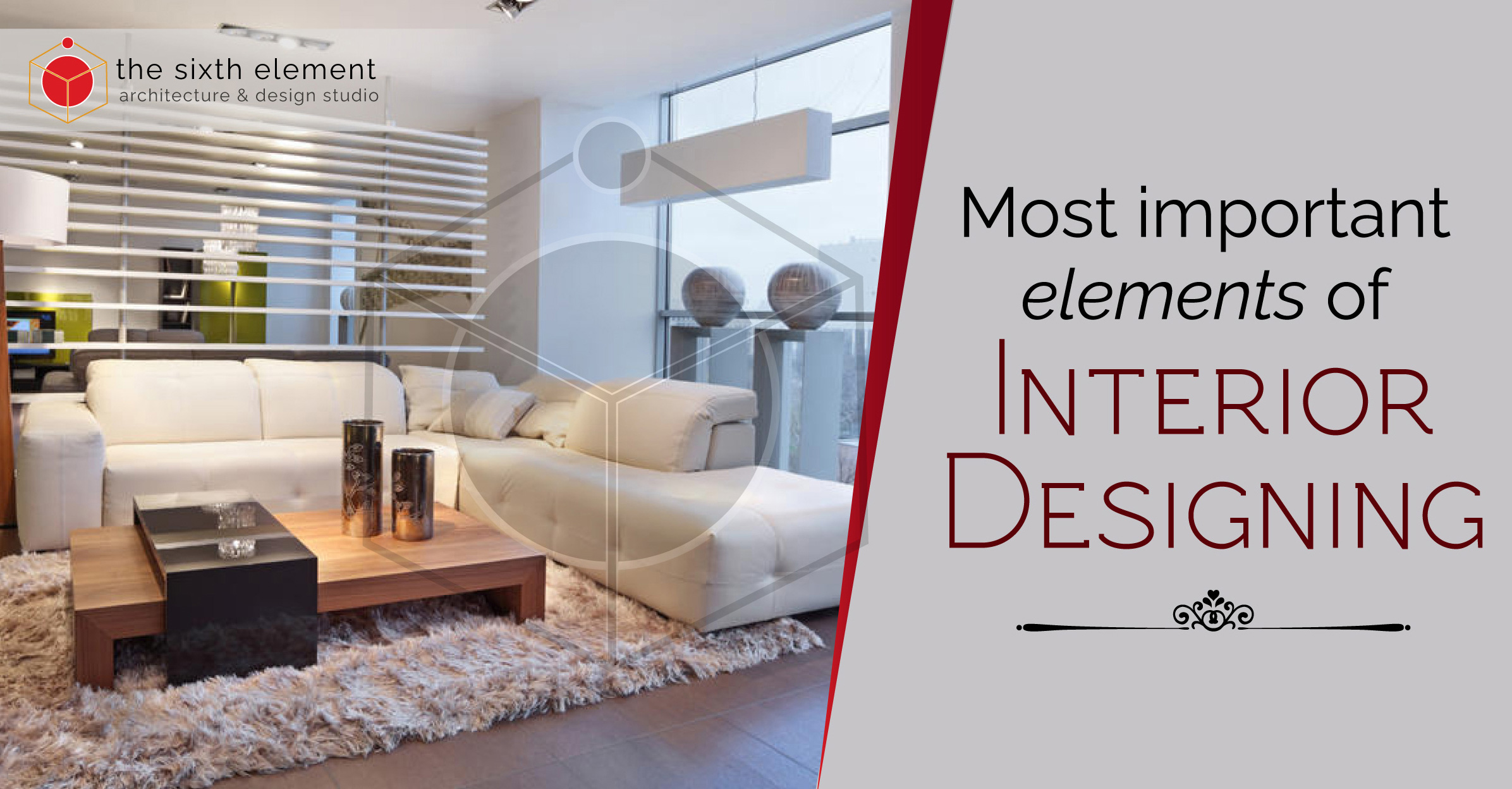Most Important Elements of Interior Designing
By The Mind of An Architect | November 12, 2022 | Architecture

We've all been frustrated by interior design, whether we're trying to go in a new direction with the furniture we already have or are starting from scratch in a new home.
People often mix interior design with Interior Decoration and Interior Design, which is a problem. Interior design is a science that has its own rules and elements, and it's more complicated than most people think it is. Interior designers usually follow the rule book, "There are seven elements and seven principles of interior design."
Space
In simple terms, space is the room you have to work in. The top interior designer Gurgaon builds the room's structure and divides the space to work for the room's purpose.
There are two kinds of space. Two-dimensional space is the length and width of a floor. Three-dimensional space is the length, width, and height of a floor. Using these measurements, a defined space is divided to make room for furniture, objects, and paths.
Space is also separated into positive space and negative space. In interior design, a positive space is any room with furniture and decorations. Negative space is the space around and between all the decor pieces. The true mark of the best Architects in Gurgaon is finding the right balance between positive and negative space.
Forms
The form is the shape of the space and the things you put in it, as well as the shape of the lines you put in it. Think about how big the room is compared to what you're adding to ensure things don't get lost or too big for the space. Using similar shapes can bring harmony to a room, but using too many different shapes or forms can make the room feel out of balance.
For example, rectangles are complex shapes, but they make the room flow. Circles make a room feel softer, and triangles make a room feel more stable. Using space and lines well ensures the room feels balanced and aligned.
Light
Light can make a big difference in a room by changing how lines, shapes, and colours look, so think about how different types and lighting styles will vary. Remember that the other parts of the room will look different depending on the lighting, so plan correctly.
There are four different kinds of lighting. Natural light, which depends on doors/windows, and three categories of artificial lighting: task, mood, and accent lighting.
Colour
Colour is powerful — it affects mood, visual size, and harmony. Dark colours shrink spaces, light colours expand them, and feature walls add excitement. Blue is productive, green calms, red energises, and brown grounds a space.
A good interior designer can guide you to the colours that match your personality and lifestyle.
Texture
Texture is how an object feels — physically or visually. Luxurious spaces often feel soft and layered even before you touch anything.
Pattern
Patterns add repetition and recognisable forms—stripes, geometrics, florals, motifs, and even animal prints. They add energy and character.
Furniture and other items
Furniture builds flow in a room. Arranging pieces around a focal point — like a fireplace — immediately strengthens the space. Objects add personality but must still match the style and theme.
The 7 Elements of Interior Design are essential to shaping a space beautifully. Without them, your dream home will stay a dream.

.png?)
